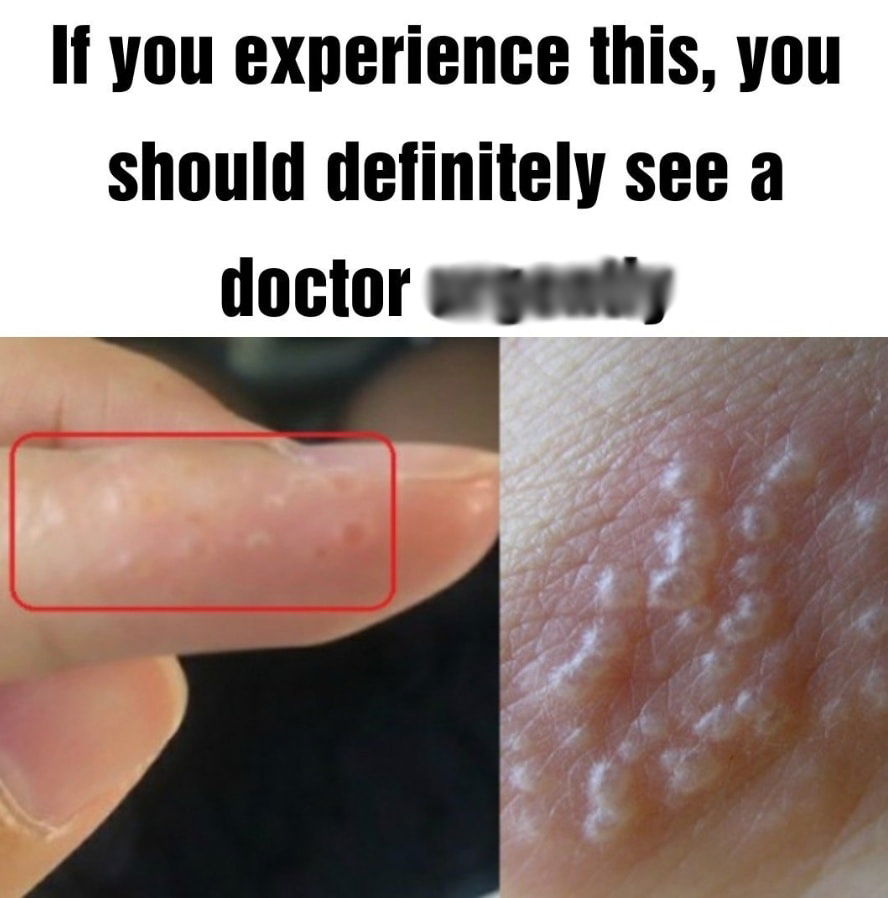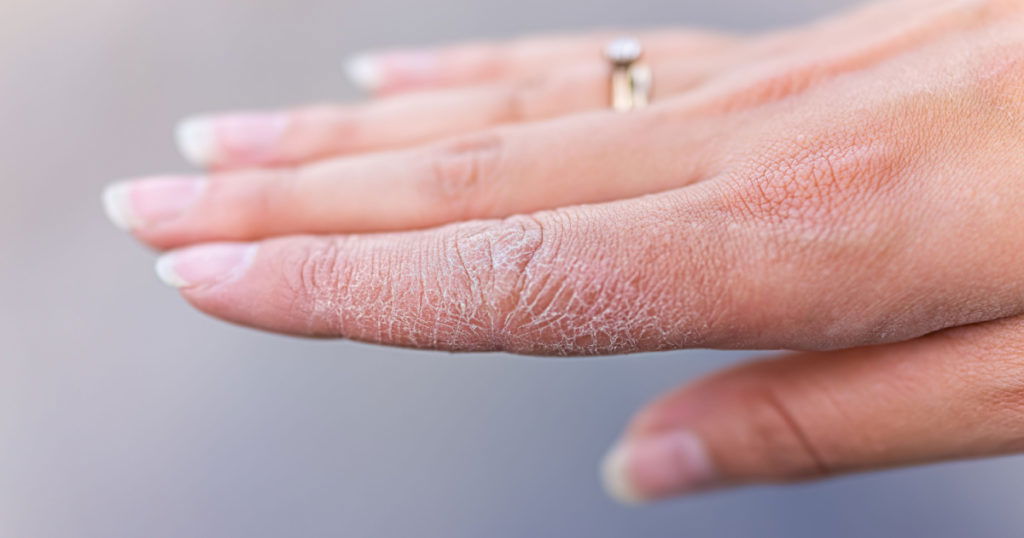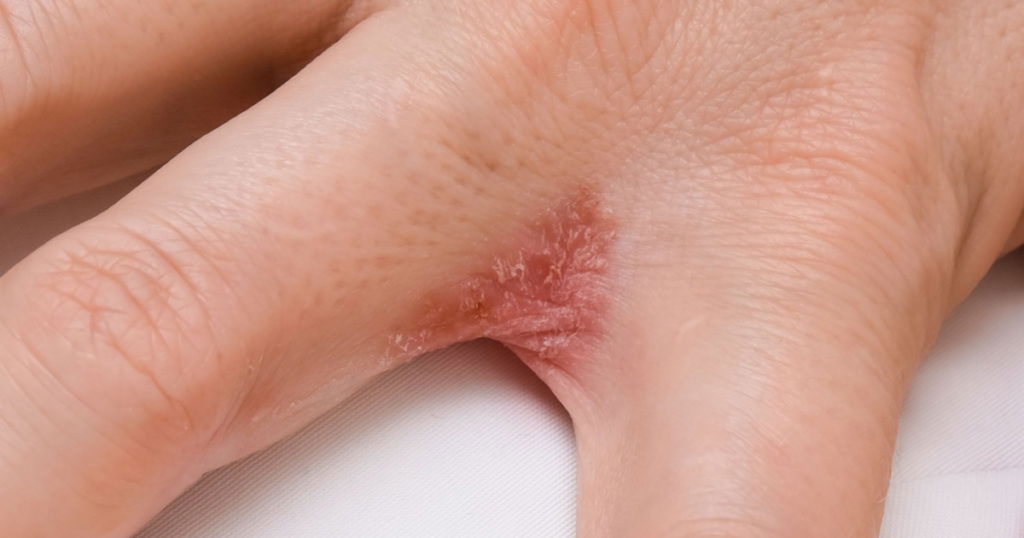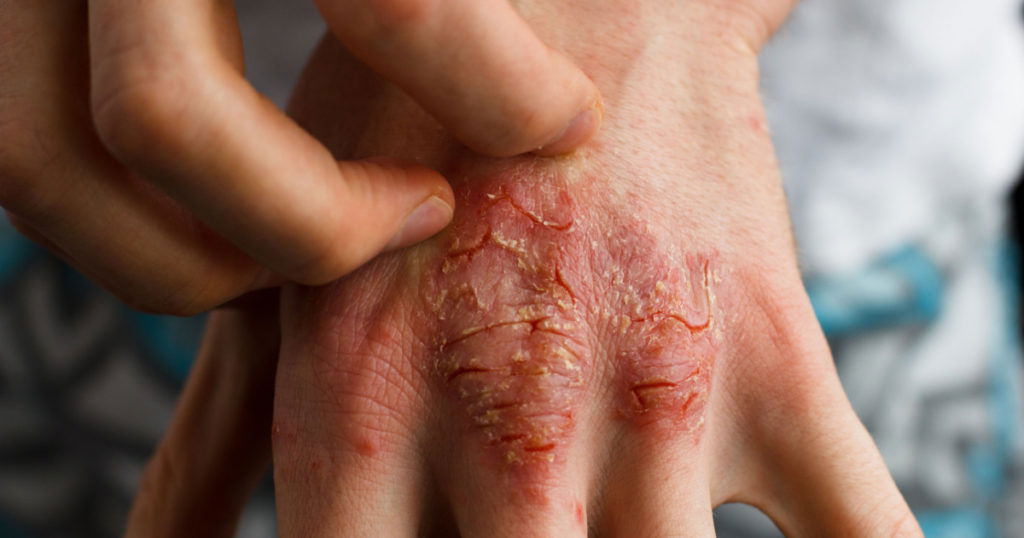
With the summer season approaching, you’ll undoubtedly want to spend more time outside soaking up the sun. However, thinking about your eczema breakout can make it tough to truly enjoy your time outdoors. Dyshidrotic eczema, in particular, is widespread in the spring, and if you’re suffering small, itchy blisters on your body, you could have this type of eczema.

While eczema is not always curable (yet), it is certainly controllable, and the first step toward feeling better is to understand as much as possible about what’s going on with your body and take intelligent steps to repair it.
Eczema refers to a set of disorders that cause inflammation of the skin. It is also known as Dermatitis. Eczema on the hands and other parts of the body is a chronic condition that affects an estimated 35 million people in the United States. Seventy percent of these cases involve youngsters under the age of five. When eczema flares up, the skin becomes red, itchy, and swollen, with fluid-filled lumps that may leak and crust. Eczema is typically caused by an allergic reaction and is not communicable. It may also be hereditary, but it is not treatable.

What is Dyshidrotic Eczema?
Dyshidrotic eczema is a common type of eczema that causes small, intensely itchy blisters to form on the edges of the fingers, toes, palms, and soles of the feet. Dyshidrotic eczema is associated with seasonal allergies, and, because of this, the blisters are more likely to erupt in the spring. These blisters can be very painful, and can sometimes take weeks to disappear [2].

If you haven’t heard of this type of eczema before, don’t fret, it does have a few other names that it goes by, including [3]:
Pedopompholyx (affects the feet)
Cheiropompholyx (affects the hands)
Vesicular palmoplantar eczema
Dyshidrosis
Foot-and-hand eczema
Dyshidrotic dermatitis
Vesicular eczema
Pompholyx

Symptoms of Dyshidrotic Eczema
Each type of eczema varies slightly in the way that it presents itself, and so the treatment also varies slightly. So, in order to know how to treat yourself, it’s important to recognize your dyshidrotic eczema for what it is. All forms of eczema cause inflammation to the skin, yet they are each different in their own ways. Correctly identifying your dyshidrotic eczema is the first step in relieving your symptoms.
How to Treat Dyshidrotic Eczema on Hands
Unfortunately, dyshidrotic eczema is not curable, but in many cases, it is manageable with treatment. While there is no surefire way to prevent flare-ups from happening, a good skincare regime can help to strengthen your skin against inflammation.
Conventional Treatment
While most cases of dyshidrotic eczema may be handled with natural treatments that are less invasive to the body, severe cases are often remedied with dyshidrotic eczema treatment cream (e.g., a corticosteroid cream or ointment or a prescribed injection or pill).
Some other treatments include
- UV light treatments
- draining large blisters
- antihistamines
- various anti-itch creams
- immune-suppressing ointments, such as Protopic and Elidel



















